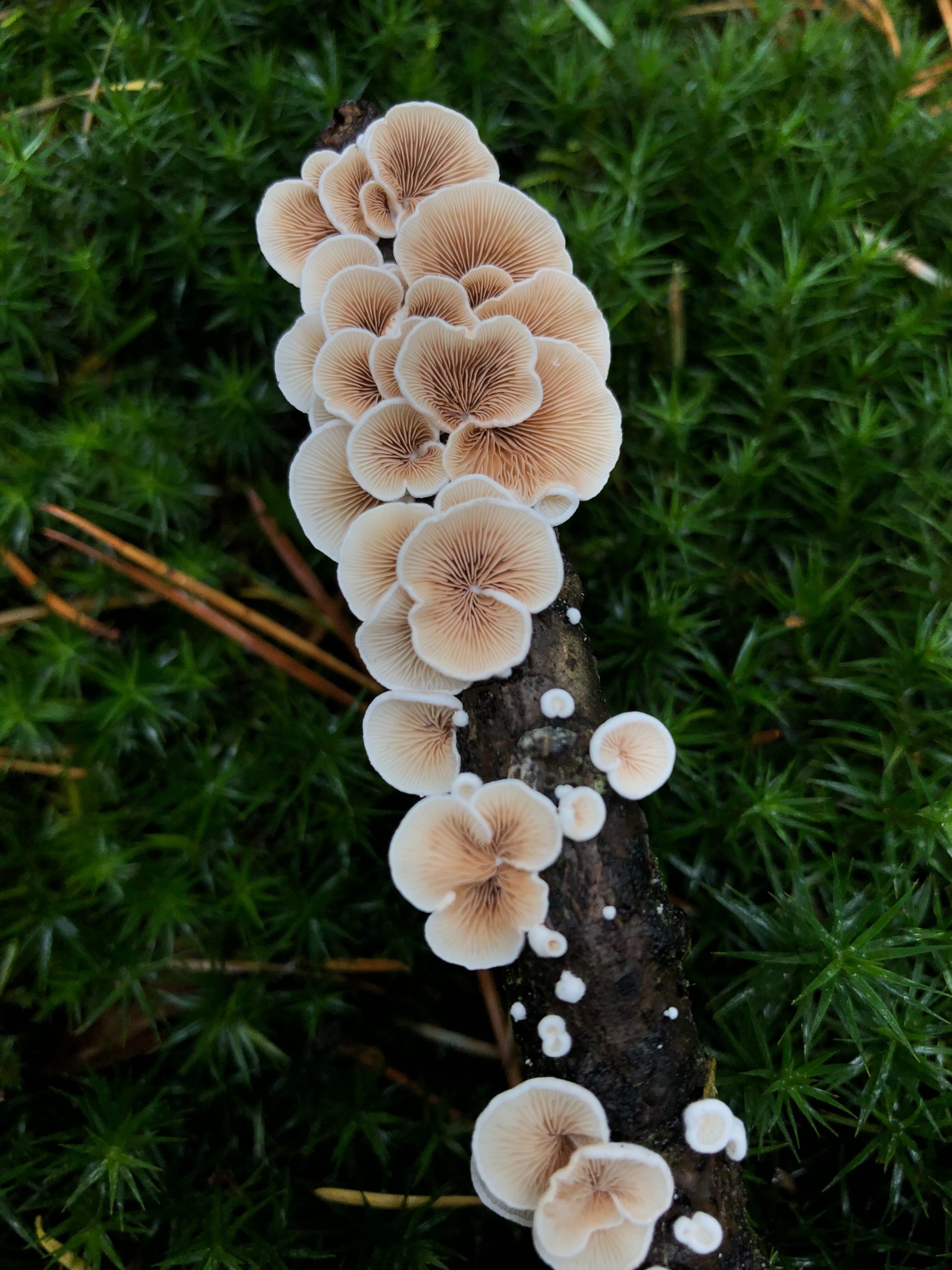You can avoid garden fungus by following some basic tips. Most of us are willing to invest large sums of money on landscaping and gardening to give our homes a facelift. But because we didn’t prune when the plants required it, your heavily invested landscaping looks worse than ever. So now is the time to learn about gardening ideas for improved grass management. Follow the gardening techniques below to extend the life of your garden:
Practice Good Pruning
As we said at the start, pruning is essential for garden management. If you make a mistake while pruning, don’t lose heart since it will grow back like a bad haircut.
Water In the Morning
Water your plants in the early hours of the morning to give them enough time to dry during the day. During the summer, you may experience high humidity, which can cause a variety of issues in your garden. Tuck your plants in during the night to keep them dry. In addition, irrigation in the evening may be avoided to avoid plant harm.
Mulching
Mulching is a great way to conserve soil moisture and prevent weed growth. You can use either organic or synthetic mulch, depending on your preference. Apply it around trees, bushes, and flowerbeds for best results.
Use Proper Fertilizers
Applying the right kind of fertilizer can make or break your garden. Do not use over-fertilization, as this will cause more harm than good. Research and select a fertilizer suitable for your plants and soil type. Also, be sure to apply it at the right time.
Crop Rotation
Rotating your crop is essential to keep the soil fertile. This means that you should not plant the same type of vegetable in a particular area year after year. Doing so will deplete the nutrients in the soil and may even cause a host of other problems, such as garden fungus growth.
How to Get Rid of Common Garden Fungi
Now that we know how to avoid fungus from happening, it is time to talk about how we get rid of some of the common fungi you might see in your garden this summer.
Remove Powdery Mildew
Powdery mildew is a widespread fungus that primarily damages ornamental plants. This will leave a white film on the foliage of your garden plants. This fungus also affects other beautiful plants such as sand cherry and dogwood. To control the spread of this fungus, effective gardening is required. This can be readily avoided by spraying a general fungicide from the garden center.
Pythium Blight Prevention
If you live in the north and have perennial Rye grass, you need be very careful not to keep it wet at night. If you keep your grass wet at night, a nasty fungus known as Pythium Blight may gain an advantage because this fungus like to develop in high humidity conditions, especially at night.
Pythium blight is plainly visible in the morning. The fungus on top of the lawn is easily recognized as white cotton candy. This fungus is most noticeable near driveways and paths where the soil is damp. Pythium blight is easily controlled by watering during the day as early as feasible.
Fire Blight
Another culprit, Fire Blight, loves to thrive better in the summer than any other season. This fungus loves Pyracantha, cotoneaster, crabapple, and apple trees. The presence of Fire Blight is immediately discernible when any of the plant’s branches becomes red and dies. This Fire Blight can be minimized by trimming the infected branch and removing it as far as possible from the main plant.
It is also critical to burn the cut branches because Fire Blight is contagious, and to wash or dip the projecting shears in alcohol to avoid the transmission of the lethal fungus to other areas of the branch.
Shotgun Fungus
“Short gun Fungus” refers to a small gem-like fungus that prefers to grow in mulch and swells. This fungus can fly up to 8 feet in the air, spattering your property with small brown flecks that attach to your house or glass like glue. Most of us believe this small brown speck is the work of spiders or aliens. You cannot prevent this fungus, but you can help keep it at bay by keeping the mulch loose so that air may move inside. Although mulch is fantastic, don’t let it become compacted; try to remove it at least once a year and rake it level as if you’ve recently mulched.

